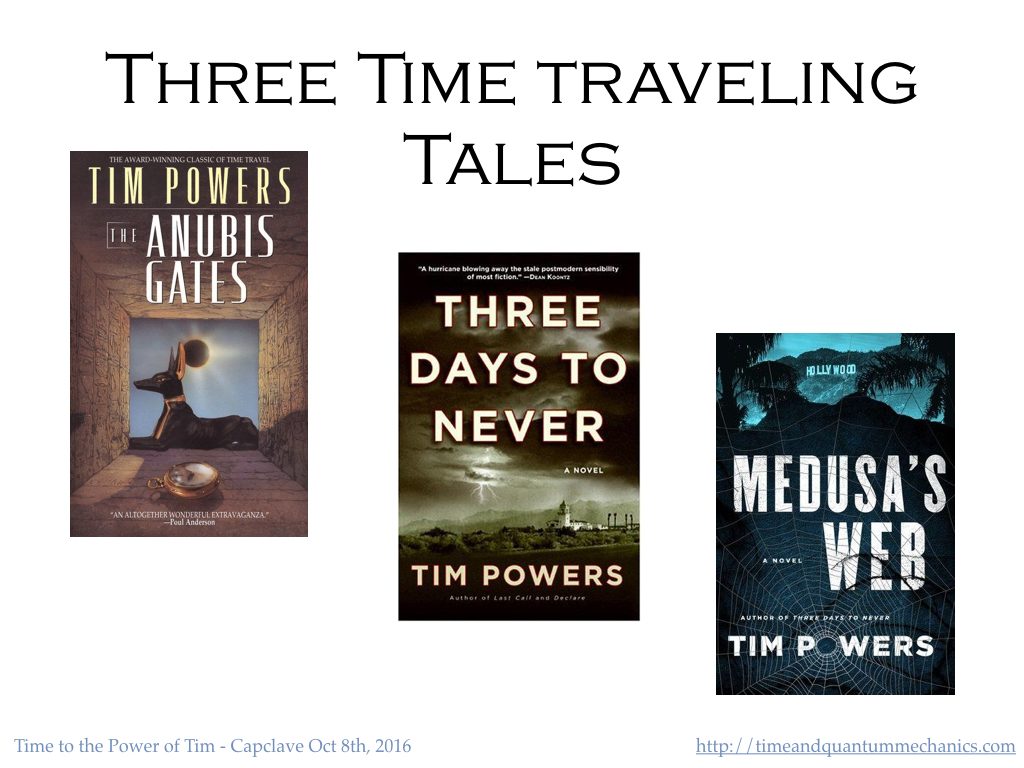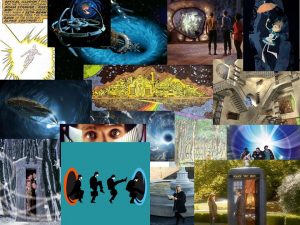StarGates Jump to FossCon — The Free & Open StarS Convention!
9/3/2017: I have just posted the slides from Fosscon on slideshare. Comments, questions, problems, & buildable blueprints, all very welcome!
This coming Saturday I’ll be doing the latest revision of my StarGates talk at FossCon, the Free & Open StarS Convention!
(Pay no attention to those who assert this is the Free & Open Source Convention, that is a mere cover story.)
The convention is at International House in Philadelphia, starting at 9am, and is free. As to my talk:
“Call them Stargates, Jumpgates, Fargates, Hypergates or just an invitation to every pest from the far reaches of the Galaxy to visit, they would be invaluable in helping mankind break free of this solar system.
Are StarGates only a convenient plot device — or could they actually be built? Accordingly to Einstein’s Theory of General Relavity, they are possible — at least in principle.
We will discuss how to glue black holes together to build a wormhole, how to avoid the dangers of spaghettification, radiation poisoning and paradox noise, and just what would it take to build one in practice.”
My talk’s at 1pm. Hope to see you there!
And there I have you seen! There was a nice turnout (in the South America room at International House) with a lot of questions. We finished with a few minutes for additional questions, including my favorites:
What happens if you drag a wormhole through a wormhole?
I congratulated the questioner on the question & he just pointed at his young son sitting next, a lad clearly with a bright future as a scientist!
I had to admit I wasn’t sure, but I suspect it would be bad news for all concerned: both wormholes, and any spaceships, space stations, or space-persons nearby!
How do you think this might actually be done?
I focused on wormholes because that is far & away the most popular of the approaches. But if some sort of stargate were ever actually to come to fruition, I suspect a combination of the Einstein-Rosen-Podolsky (EPR) effect and the ideas behind the Krasnikov tube would be at work. The EPR effect is the spooky-action-at-a-distance Einstein objected to; the Krasnikov tube is an idea of — curiously enough — Krasnikov for laying out a tube of warped spacetime behind your slower-than-light spacecraft. You’d have to go slower-than-light while laying out the tube, but could use it for faster-than-light thereafter. And as I said in the talk, negative energy & vortices are pretty sure to be involved.

